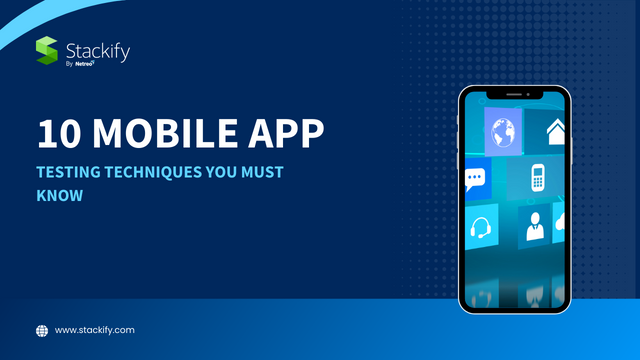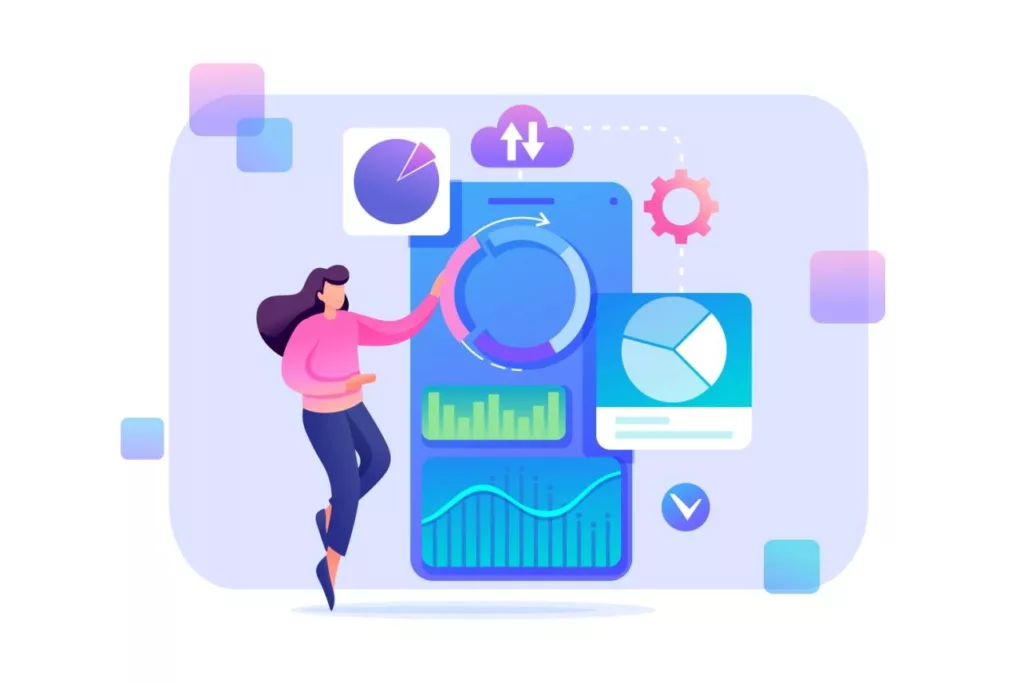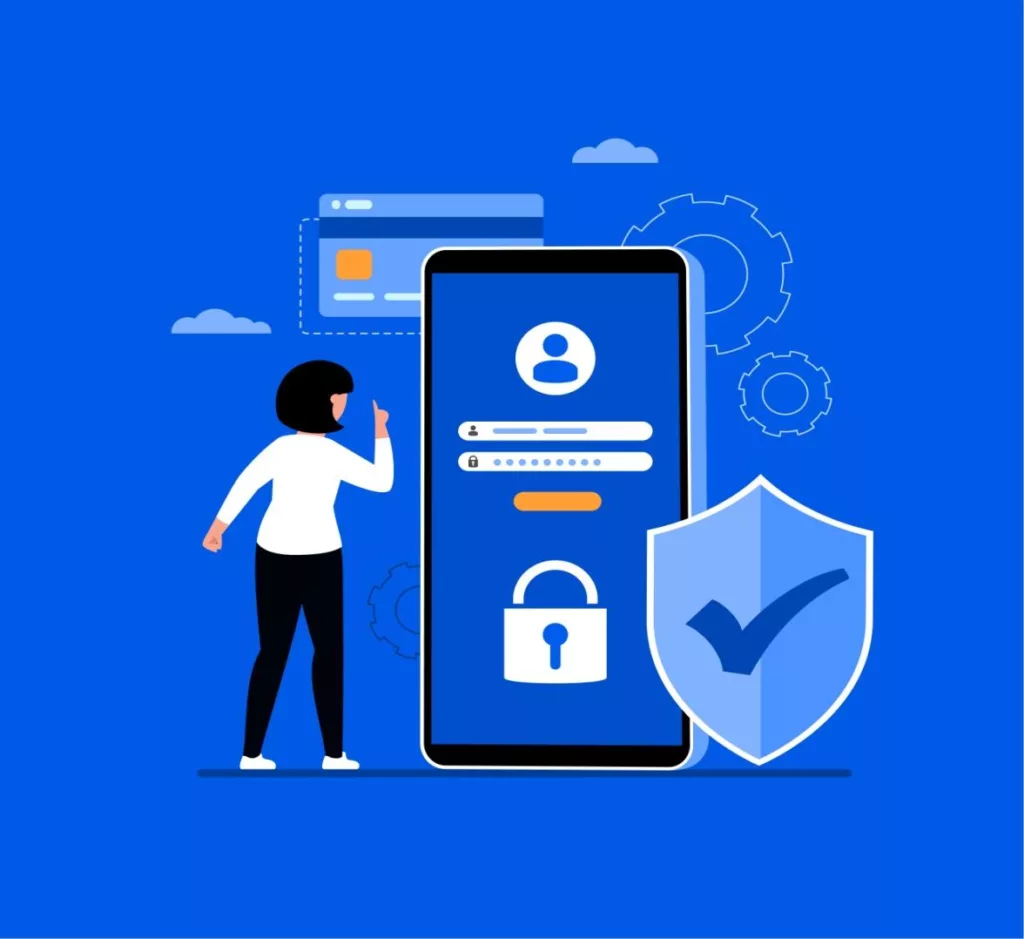

The more effectively you do mobile application testing, the fewer problems you will come across in the future. However, testing doesn’t have to be challenging. You can easily get it right if the proper techniques, tools and procedures are in place.

In this article, we’ll discuss 10 of the most popular mobile application testing techniques and outline their key benefits. Whether you’re an experienced mobile app tester or just getting started in the field, you’ll learn something here. So without further ado, let’s dive into our 10 must-know techniques for successful mobile app testing.
There are many versions of an operating system and not everybody is using the latest OS versions on their devices. With compatibility testing, you can ensure that your app looks good and functions properly on all devices. Here’s what a compatibility testing scenario should include:

With performance testing, you can check any issues with the app’s performance, such as freezing or crashing. You must evaluate the response time of your app to make sure that it responds quickly to user inputs and works without any lags or crashes.

As the name suggests, this type of testing’s main focus is security-related issues such as authentication (like passwords), authorization (for specific users), SSL encryption, etc. You should also test for other security concerns, like data loss prevention, protection against malicious attacks or intrusions from outside sources that may disrupt system functionality or lead to a data breach.
For any mobile app, uncompromised user data security and privacy are a must. So testing for potential vulnerabilities is key to earning user trust and loyalty. There are several techniques and tools you can use for mobile app security testing.
Your app’s usability more or less decides the user’s journey through an app. To ensure that journey is smooth and hassle-free, check for and resolve issues such as confusing navigation or unclear instructions. Once the app is launched, keep monitoring user-app interactions to identify any potential usability issues and then address them.
Accessibility testing is all about making sure apps can be used by everyone — regardless of ability or disability. Look for any accessibility problems with the software, such as low color contrast or a lack of support for assistive technology, and fix them. Ultimately, accessibility ensures that no one gets left out when it comes to using your app!
Functional testing is all about testing every feature of the app. Tests should ensure that app functions work seamlessly as a whole and each feature interacts as intended with others. Here are some of the commonly used techniques:
The app’s interaction with multiple networks, services and APIs has a significant impact on the user experience. You should test the network interactions to make sure everything is operating as it should. Tests should more or less involve a thorough evaluation of the app’s performance over a range of networks, including Wi-Fi, 2G, 3G, 4G and 5G cellular data networks, among many others.
You do want your app install/uninstall to be smooth and trouble-free. Both are key aspects of the overall user experience. Therefore, it’s important to realize that the end-user has no time or patience for a long installation process. The main goals of Installation/Uninstallation testing should include the following:
UI/UX testing is an essential part of the app development process. This part of the test checks out how a user will experience your app. Before doing any UI/UX testing, it helps to have user personas. Be sure personas include different ages and backgrounds within your target audience, so you get feedback from the people most likely to use your app.
So what does the UI/UX test include? The primary test element is the UI design and how the different components interact with each other.
To do this, create test scenarios that mimic user behavior. For example, is the app login error-free? Are users able to easily fill and submit request forms? Are pop ups easy to read and understand? Is the checkout process simple to follow? Including scenarios like these will help you observe, identify and correct important issues that can make or break your app. You can also ask questions after the app’s launch for more detailed insights into the app’s performance. Be sure to ask follow up questions immediately after the launch, so you can avoid issues that can damage market acceptance.
And lastly, you should also consider using automation for your mobile app testing. With automated tests, you catch any errors or issues in the code quickly and efficiently. Plus, you can easily run multiple test scenarios in a fraction of the time.
But most importantly, these tests can be repeated infinitely, allowing you to quickly identify issues with your app. One of the key benefits of automating your mobile app testing is that there’s no need for manual intervention. This means you get a faster feedback loop allowing you to fix issues quickly.
The most popular tools used in mobile app automation testing are:
Mobile application testing is key to presenting an app to your users that is easy to use, does exactly what it’s supposed to do and is extremely reliable and safe. These ten mobile app testing techniques provide an excellent starting point to ensure that your app is well-tested across every front.
Stackify's APM tools are used by thousands of .NET, Java, PHP, Node.js, Python, & Ruby developers all over the world.
Explore Retrace's product features to learn more.
Julie Aplustill is a renowned content marketer from Closeloop Technologies - a trusted mobile app development and software development company in California. She also loves to share her views in blog posts on the latest digital technologies, web development trends and augmented reality with a preference toward diverse niches.
Join the community of 40,000 developers that subscribe to our newsletter.
By submitting your email address, you agree to be contacted via e-mail about our products and services. You can unsubscribe at any time.